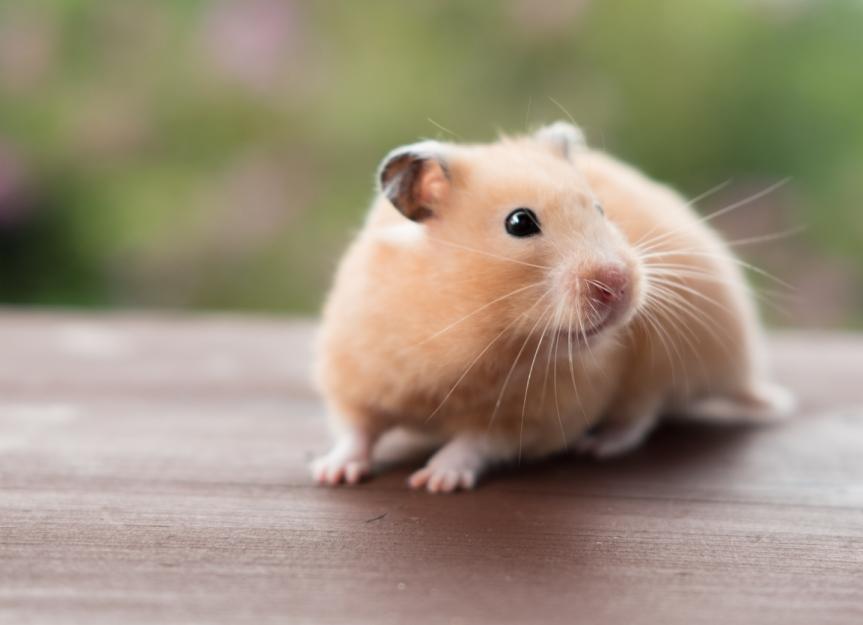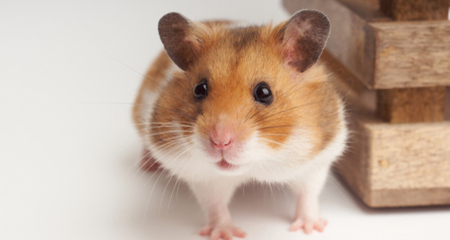Highly Recommended Hamster Breeds
When it comes to choosing the perfect pet, hamsters often top the list. They are small, adorable, and relatively easy to care for. However, different hamster breeds come with unique characteristics that may suit various personalities and lifestyles. In this article, we will explore some highly recommended hamster breeds, their temperaments, care requirements, and ideal living conditions to help you make the best choice for your new furry friend.
Understanding Hamster Breeds
Before diving into specific breeds, it is essential to understand the basics of hamster breeds. The most common species are Syrian hamsters, dwarf hamsters, and Roborovski hamsters. These breeds vary in size, lifespan, temperament, and care needs. Knowing the distinctions can help you select a hamster that fits your lifestyle. For example, **Syrian hamsters** are larger and typically require more space, while **dwarf hamsters** are smaller and can thrive in more compact environments.
Syrian Hamsters: The Gentle Giants
Syrian hamsters are the largest of the common pet hamsters, typically measuring 5 to 7 inches in length. They are known for their solitary nature and can be territorial, so it’s recommended to house them alone. These hamsters are friendly and can be handled easily, making them great companions for children or first-time hamster owners. In terms of care, Syrian hamsters do best with a cage that has divided sections for nesting and exercise. Additionally, they enjoy a variety of enrichment activities, such as tunnels and chew toys. Below is an image showcasing this wonderful breed:

Dwarf Hamsters: Small but Full of Personality
Dwarf hamsters are generally smaller than their Syrian counterparts, usually measuring around 3 to 4 inches in length. There are several types of dwarf hamsters, including Campbell’s, Winter White, and Chinese hamsters. Their small size and sociable nature make them perfect for small living spaces and for those who want more than one hamster. Dwarf hamsters can live together, but it’s crucial to monitor their behavior to prevent any territorial disputes. They love to explore and will benefit greatly from exercise wheels, tunnels, and interactions with their owners.

Roborovski Hamsters: The Tiny Adventurers
Roborovski hamsters are the smallest breed, averaging about 2 inches in length. Known for their playful and energetic behavior, these little furballs require a spacious cage with lots of opportunities for climbing and exploring. Despite their small size, Roborovski hamsters can be a bit skittish. They thrive in pairs or small groups, making them the ideal choice for those looking to raise multiple hamsters together. Their fast-paced, playful nature can certainly entertain any owner.

Choosing the Right Habitat
Once you’ve decided on a hamster breed, the next step is to choose the appropriate habitat. Each breed, particularly the larger Syrian hamsters, requires a larger and more secure habitat. Here are some essential tips for setting up a hamster cage:
- Space: Syrian hamsters need a minimum of 36″ x 18″ of floor space, while dwarf hamsters can be housed in slightly smaller cages.
- Ventilation: Ensure that the cage has adequate ventilation to keep the environment fresh.
- Flooring: Use bedding that absorbs moisture and prevents odors. Options include aspen shavings, paper bedding, or commercial hamster bedding.
- Enrichment: Add toys, tunnels, and chew items to keep your hamster active and engaged.
For instance, a Syrian hamster may enjoy a multi-level habitat with areas for digging and resting, while dwarf hamsters can make use of small tunnels and stacked elements inside their habitats.
Feeding Your Hamster
A proper diet is crucial to your hamster’s health and well-being. Here are some tips for feeding different types of hamsters:
Balanced Diet for Syrian Hamsters
Syrian hamsters benefit from a balanced diet of commercial hamster pellets combined with fresh fruits, vegetables, and occasional protein sources such as mealworms or cooked eggs. A seasoned pet owner might divide their hamster’s food into daily rations, ensuring they receive a well-rounded diet without overfeeding. Fresh water should also be available at all times in a clean bowl or a water bottle.
Example Diet Plan:
- Morning: 1 tablespoon of hamster pellets
- Afternoon: A small piece of carrot or cucumber
- Evening: It’s time for treats – consider giving them a mealworm or piece of boiled chicken.
Dwarf Hamsters and Their Special Needs
Dwarf hamsters may require slightly different care, particularly regarding their diet. Due to their smaller size, these hamsters need specially formulated pellets that account for their calorie needs and energy levels. Likewise, treat options should be limited but varied to avoid obesity, which they are more prone to than Syrian hamsters.
Feeding Tips:
- Limit high-fat treats, such as nuts.
- Incorporate a variety of fresh vegetables for enrichment.
- Monitor their weight and adjust portion sizes as necessary.
Common Health Concerns
Although hamsters are generally hardy creatures, certain breeds may be prone to specific health issues. For instance, Syrian hamsters are prone to obesity while dwarf hamsters may experience diabetes. Regular vet check-ups are essential for keeping an eye on their overall health, especially as they age. Additionally, maintaining a clean habitat and providing a balanced diet significantly lowers the risk of health issues.
Signs of Health Issues
As a hamster owner, it’s crucial to recognize signs that your pet may not be well. Some common signs of health problems include:
- Lethargy or reduced activity levels
- Changes in eating habits or excessive weight loss
- Abnormal discharge from the eyes or nose
- Whining or excessive vocalization
If you notice any of these signs, it’s best to consult a veterinarian who specializes in small animals.
Key Takeaways
- Choose the right hamster breed based on your living situation and lifestyle.
- Provide a spacious and enriched habitat tailored to your hamster’s type.
- Maintain a balanced diet to keep your hamster healthy and active.
- Be aware of general health concerns and visit the vet as necessary.
FAQ
1. How long do hamsters live?
On average, hamsters live between 2 to 3 years, although some may live up to 4 years with proper care. Syrian hamsters tend to live a bit longer than dwarf varieties. Regular veterinary care, a balanced diet, and a clean environment can contribute to a longer lifespan.
2. Can hamsters be litter trained?
While it is not possible to fully litter train hamsters like you might do with cats, many owners find that their hamsters have a specific area they prefer for waste. By placing a litter box or paper bedding in that area, you can simplify the cleaning process and help your hamster feel more comfortable.
3. What type of toys are suitable for hamsters?
Hamsters love toys that stimulate their natural instincts to burrow, chew, and explore. Examples include running wheels, tunnels, paper towel tubes, and chew blocks. Be sure to choose toys made from natural materials to ensure the safety of your pet.
4. How much exercise do hamsters need?
Hamsters need daily exercise to keep healthy and active. A good rule of thumb is to provide them with an exercise wheel for at least 30 minutes to an hour daily, as well as time outside of their cage (under supervision) to explore and play safely.
5. Are there any special grooming needs for hamsters?
Most hamsters groom themselves quite well; however, long-haired breeds like Syrian hamsters may require occasional brushing to remove tangles or debris. Regularly checking their nails and trimming them when necessary is also important to prevent discomfort.
6. What should I do if my hamster is acting strangely?
If your hamster shows unusual behavior, such as being overly lethargic, aggressive, or refusing to eat, it’s essential to consult a veterinarian. Behavioral changes can be indicative of stress, illness, or other underlying health issues.
Armed with this knowledge, you can choose the perfect hamster breed for your lifestyle, ensuring a happy and enriching life for both you and your new pet!
